Rib fabric stands out for its unique rib structure. The alternating ridges and grooves will give you it stretchy, flexible quality. You’ve likely encountered rib fabric in your favorite sweatshirt cuffs or waistband. It’s much more than just a supporting player. Rib fabric is where comfort meets durability, making it a staple for all things cozy and fitted.
Table Of Contents
What is Rib Fabric?
Rib fabric is a knit fabric type with a ribbed texture and vertical lines. Rib fabric uses a special knitting technique that creates vertical lines of raised and recessed loops. These “ribs” enhance the fabric’s elasticity and stretch recovery. Unlike single jersey fabric, rib fabric doesn’t curl at the edges. It is perfect for finishes like cuffs and collars. It feels smooth yet structured, balancing comfort and functionality.
Confusion: Are Rib Fabric and Ribstop fabric the same?
No, rib is a different fabric from ribstop fabric. While rib fabric majors in elasticity and comfort, ripstop majors in strength and durability hence each suitable for different purposes.
Construction, texture, features, and application are the 4 points that clearly differentiate rib fabric from ripstop fabric. Rib fabric is a series of upright elastic ridges that are more raised than in plain knit fabrics, where they are more separated by a series of knit and purl stitches. Mostly used in fashion parlance for cuffs, collars, and close-fitting garment tops.
Rather, ripstop fabric is a woven material reinforced with a grid of thicker threads. A highly tear-resistant and lightweight fabric. Most of all used in making outdoor gear or utility items — military applications.
|
Aspect |
Rib Fabric |
Ripstop Fabric |
|
Construction |
Knitted with alternating knit/purl |
Woven with reinforced grid patterns |
|
Texture |
Soft and stretchy with ribs |
Smooth with a grid-like texture |
|
Key Feature |
High elasticity |
Tear and rip resistance |
|
Applications |
Fashion (cuffs, collars, etc.) |
Outdoor gear, utility items |
|
Material Types |
Cotton, spandex, blends |
Nylon, polyester, cotton |
Types of Rib Fabric
Rib fabric comes in many variations, tailored to different uses. Let’s know the most common types:
|
Type |
Structure |
Properties |
Uses |
|
1x1 |
1 knit : 1 purl |
High elasticity, lightweight |
Cuffs, collars, waistbands |
|
2x1 |
2 knit : 1 purl |
Moderate elasticity, slight texture |
Casual wear, waistbands |
|
2x2 |
2 knit : 2 purl |
Balanced elasticity, thicker |
Sweaters, scarves |
|
3x1 |
3 knit : 1 purl |
Bold ribs, higher knit dominance |
Decorative trims, sporty outfits |
|
3x2 |
3 knit : 2 purl |
Distinct ribbing, moderately thick |
Pullovers, jackets |
|
3x3 |
3 knit : 3 purl |
Symmetrical, moderate stretch |
Sweaters, cardigans |
|
4x1 |
4 knit : 1 purl |
Bold ribs, heavier texture |
Winter garments, trims |
|
4x2 |
4 knit : 2 purl |
Thick texture, moderate stretch |
Ribbed cuffs, collars |
|
4x4 |
4 knit : 4 purl |
Symmetrical, less stretch |
Heavy-duty sweaters, blankets |
|
5x2 |
5 knit : 2 purl |
Prominent ribs, textured |
Jackets, heavy knits |
|
6x3 |
6 knit : 3 purl |
Wide ribs, bold design |
Decorative knitwear |
|
7x3 |
7 knit : 3 purl |
Heavy texture, reduced elasticity |
Sweaters, outerwear |
|
7x4 |
7 knit : 4 purl |
Thick, distinct ribs |
Scarves, winter garments |
|
8x3 |
8 knit : 3 purl |
Wider ribs, limited stretch |
Coats, ponchos |
1x1 Rib Knit Fabric
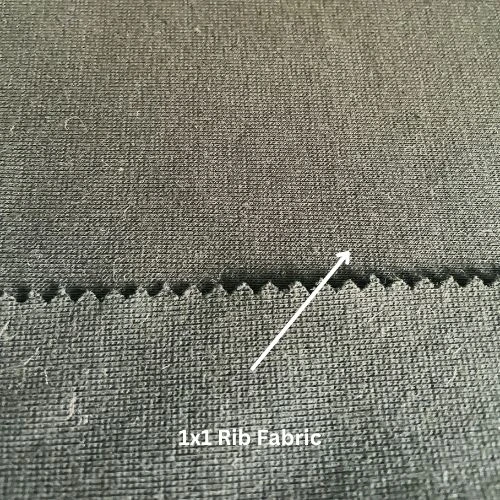
Figure: 100% Polyester 1x1 Rib Fabric
1x1 rib is the simplest form. It is constructed with alternating one knit stitch with one purl stitch. It’s lightweight and stretchy. It is commonly used in t-shirts and undergarments.
2x2 Rib Knit Fabric

Figure: 100% Polyester 2x2 Rib Fabric
2x2 rib fabric has two knit stitches followed by two purl stitches (2 knit, 2 purl). It is thicker and more structured. It’s perfect for cuffs, waistbands, and heavier garments like sweatshirts.
Wide Rib Knit Fabric
As the name suggests, wide rib knit features broader ribs. It adds texture to apparel like sweaters or scarves.
Chunky and Flat Back Rib
Chunky rib knit offers a bold texture, while flat back ribs are smoother and more uniform. It is ideal for activewear.
Material Composition of Rib Fabric
The beauty of rib fabric lies in its adaptability. Here are some popular compositions:
- Cotton Rib Knit Fabric: Soft, breathable, and ideal for everyday wear.
- Cotton-Spandex Blends Rib Knit: Adds stretch for form-fitting garments.
- Polyester Rib Knit: Durable and resistant to wrinkles.
- Bamboo Rib Knit: Eco-friendly, with a luxurious feel.
- Wool Rib Knit: Warm and cozy, perfect for winter sweaters.
Application
The application of rib fabric depends on its useability, comfort, and functionality:
1x1 Rib Knit Fabric: Commonly used for cuffs, collars, and waistbands due to its high elasticity.Ideal for undergarments and tank tops for a snug fit.
2x1 Rib Knit Fabric: Offers moderate stretch; used in lightweight sweaters and casual wear. Suitable for slightly structured garments like dresses or tops.
2x2 Rib Knit Fabric: Excellent for beanies, socks, and sportswear because of its balanced elasticity and durability. Often used in fitted t-shirts and cardigans.
3x1 Rib Knit Fabric: Offers a mix of structure and flexibility. Suitable for leggings and athleisure wear. Used in textured scarves and fitted tops.
3x2 Rib Knit Fabric: Provides added thickness. Great for winter wear like knit caps and sweaters. Often used for outerwear trims.
3x3 Rib Knit Fabric: Highly elastic; suitable for snug-fit clothing like body-hugging dresses and skirts. Works well for warm, stretchable layers like thermal tops.
4x1 Rib Knit Fabric: Less stretch, more structured; used for decorative trims and casual pullovers. Suitable for textured knit scarves and wraps.
4x2 Rib Knit Fabric: Versatile stretch and thickness; popular in mid-layer sweaters and hoodies. Ideal for sweatshirts with matching rib trims.
4x4 Rib Knit Fabric: Balanced elasticity and durability; used for sports uniforms and outerwear. Commonly used for stretchy yet thick winter garments.
5x2 Rib Knit Fabric: Heavier texture; used for thick, cozy garments like shawls and ponchos.Great for ribbed patterns in high-fashion pieces.
6x3 Rib Knit Fabric: Offers a structured and thick feel; ideal for jackets and cardigans. Popular for decorative panels in knitwear.
7x3 Rib Knit Fabric: Reduced elasticity; suitable for semi-stretchy winter caps and gloves. Often used for ribbed waistbands in jackets.
7x4 Rib Knit Fabric: Thick and textured; used in upholstery and chunky knit sweaters. Works well in outerwear like heavy cardigans.
8x3 Rib Knit Fabric: Primarily for decorative purposes due to its unique texture. Used in heavy knits like throws, blankets, and statement fashion pieces.
Benefits of Rib Fabric
Why should you choose rib fabric? Here’s the deal:
- Stretch and Recovery: Perfect for body-hugging designs.
- Durability: Withstands repeated use and washing.
- Breathability: Especially true for cotton rib knit.
- Ease of Use: Doesn’t curl or fray, making it beginner-friendly for sewing projects.
How to Identify Quality Rib Fabric
When shopping for rib fabric, look out for these:
1. Stretch Test: Stretch the fabric horizontally. Rib fabric will stretch more and return to its original shape faster.
2. Texture Check: Look at both sides. If both sides appear the same with ridges, it’s rib fabric. If one side is smooth and the other has loops, it’s a single jersey.
3. Edge Behavior: Cut the fabric and observe the edges. Rib fabric will lie flat, while single jersey will curl.
Rib Fabric vs Single Jersey Fabric
|
Feature |
Rib Fabric |
Single Jersey Fabric |
|
Appearance |
Vertical ridges on both sides; looks identical front and back. |
Smooth on the front; looped texture on the back. |
|
Stretch |
High elasticity, especially across the width. |
Limited stretch; not as elastic as rib fabric. |
|
Structure |
Alternating knit and purl stitches in the same row. |
Knit stitches on the front; purl stitches on the back. |
|
Edge Behavior |
Edges remain flat when cut. |
Edges curl towards the front side when cut. |
|
Thickness |
Thicker and denser due to the double-layer knit. |
Lightweight and thinner fabric. |
|
Weight |
Heavier due to interlocked knit structure. |
Lighter, making it ideal for summer clothing. |
|
Elastic Recovery |
Excellent recovery; returns to original shape easily. |
Moderate recovery; may lose shape over time. |
|
Durability |
Durable with good strength and resilience. |
Less durable compared to rib fabric. |
|
Edge Curling |
Does not curl. |
Edges curl naturally when cut. |
|
Applications |
Used in cuffs, collars, waistbands, and snug-fit garments. |
Commonly used for t-shirts, dresses, and casual wear. |
Buying Rib Fabric
Looking to buy rib fabric? Here are some tips:
- Wholesale Options: Search for “rib knit fabric wholesale” for bulk purchases.
- Retail Options: Keywords like “ribbed fabric by the yard” or “cotton rib knit fabric” can guide your search.
- Specialty Stores: Explore niche options like “bamboo rib knit” or “ribbed spandex fabric” for unique projects.
Conclusion
Rib fabric is the unsung hero of the textile world. Its versatility, durability, and comfort make it indispensable for countless applications. Whether you’re crafting a cozy sweater, designing swimwear, or looking for upholstery material, rib fabric has you covered. Next time you see those signature ridges, you’ll know exactly what makes this fabric so special.
FAQs
1. What is the difference between 1x1 and 2x2 rib knit fabric?
1x1 rib has one knit and one purl stitch. But 2x2 rib alternates two knits and two purl stitches. 2x2 is more thicker and more structured.
2. Is rib fabric good for sportswear?
Yes, rib fabric. The spandex blends provide stretch and flexibility. It is perfect for activewear and sportswear.
3. Can rib fabric shrink after washing?
Natural fibers like cotton may shrink slightly. Pre-washing or choosing blended fabrics minimizes this.
4. Where can I buy rib knit fabric wholesale?
Check online platforms using keywords like “rib knit fabric wholesale” or visit textile markets for bulk options.
5. What are the best projects for ribbed material?
Ribbed material is ideal for cuffs, collars, fitted dresses, tank tops, upholstery, and even accessories like beanies or scarves.



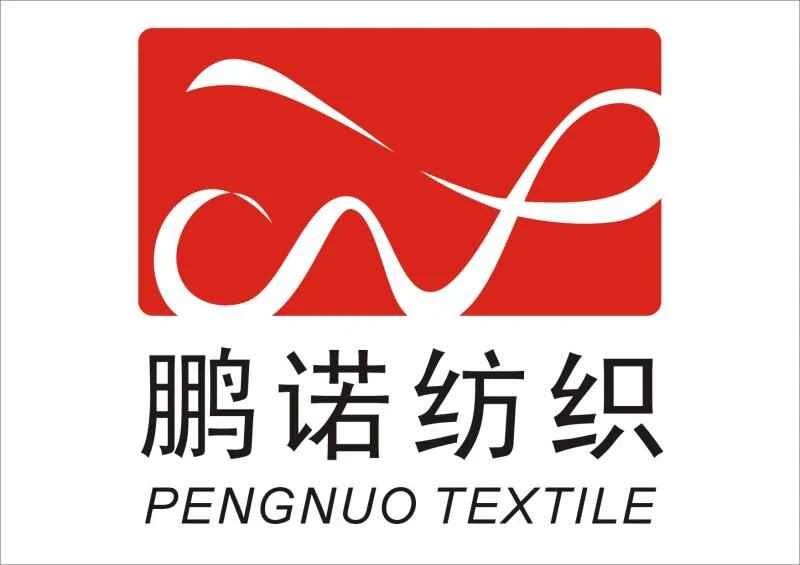

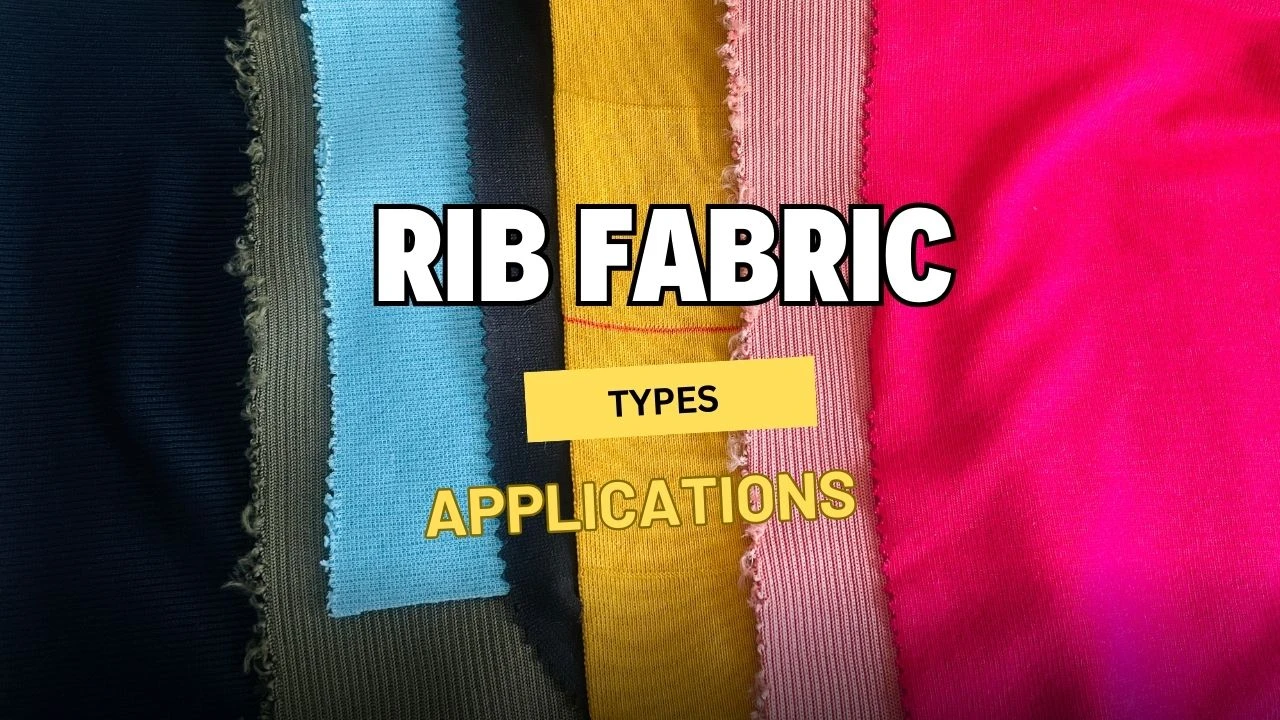
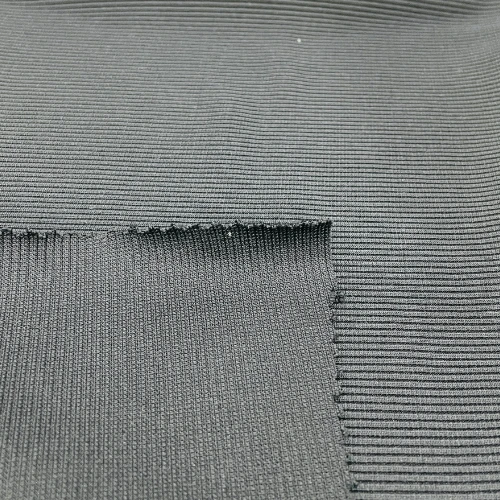
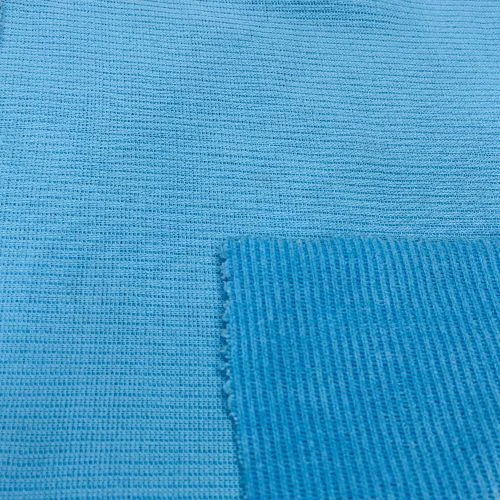
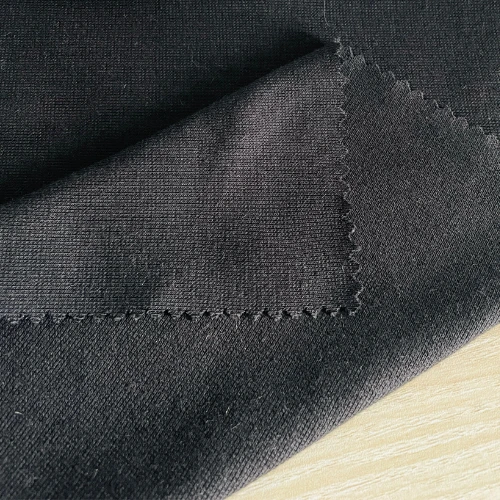
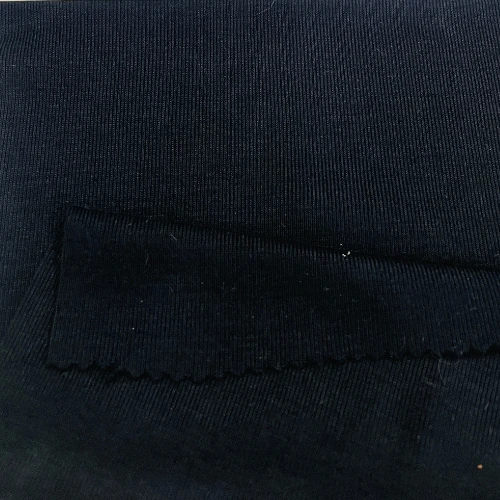
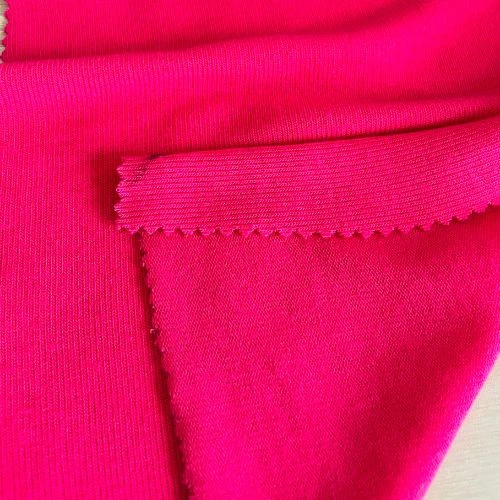
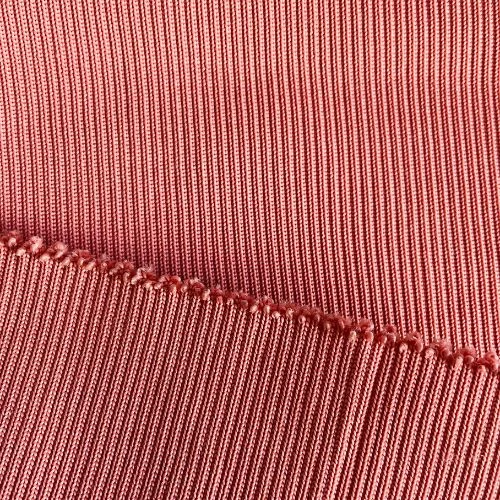
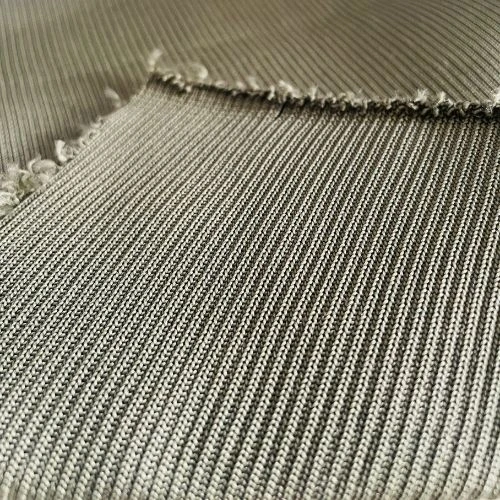
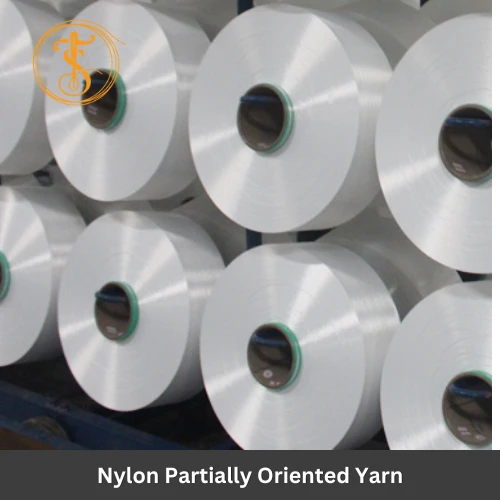
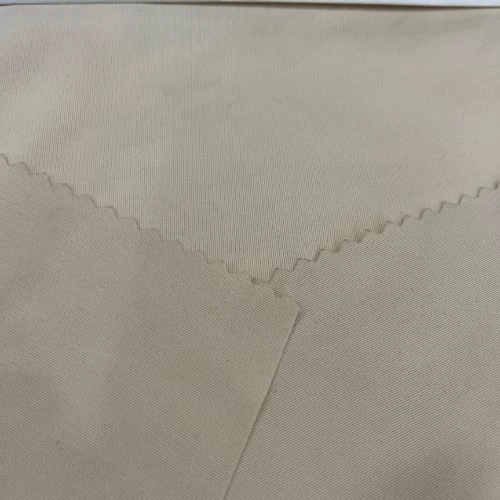
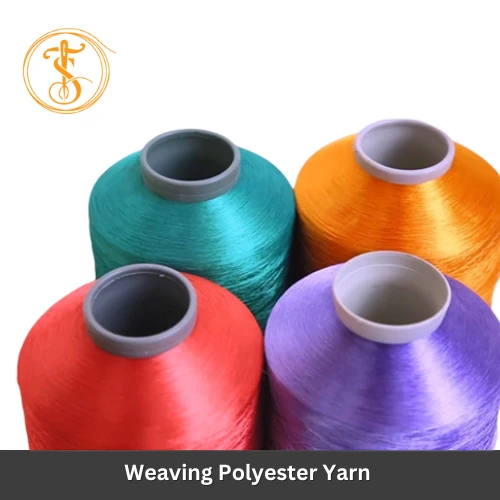
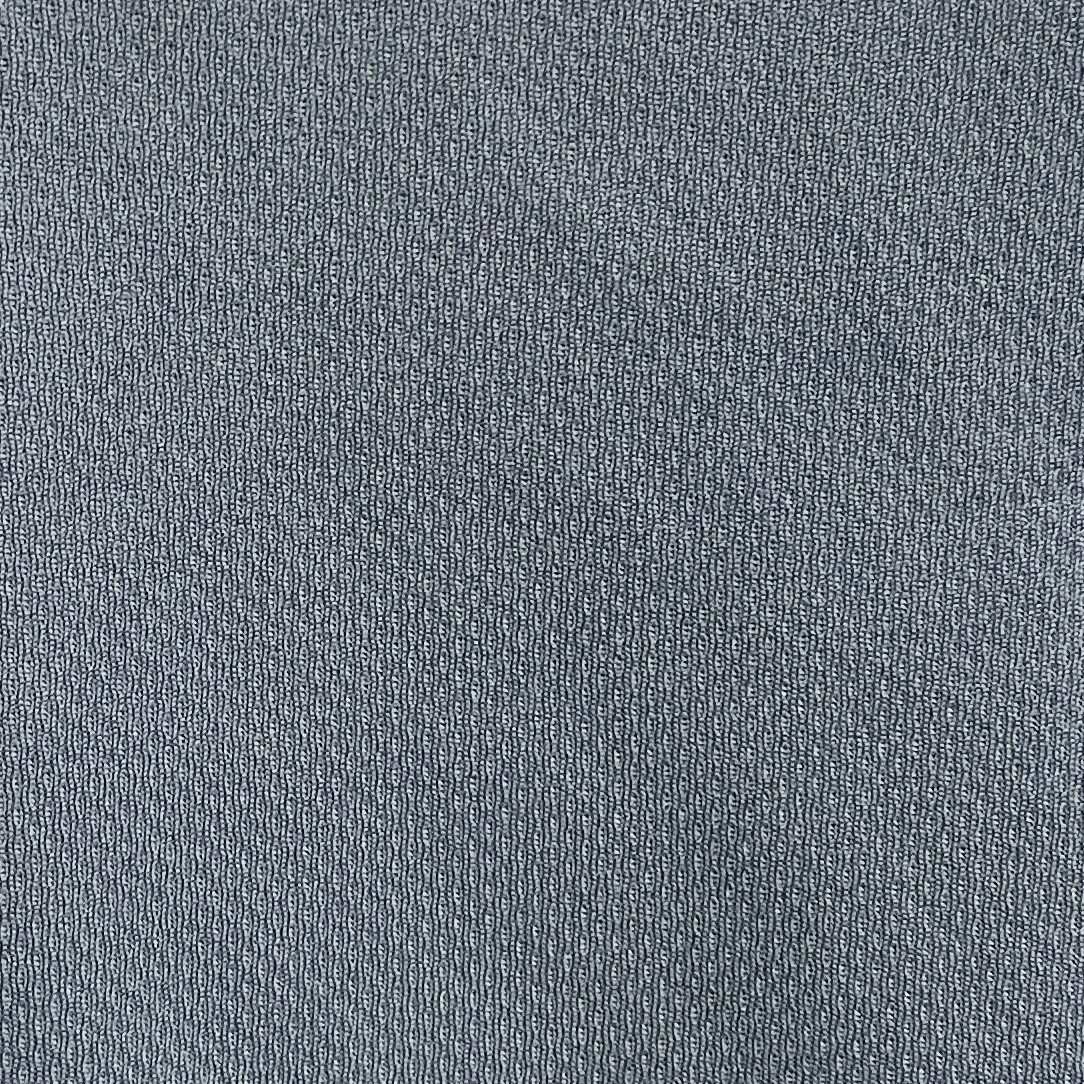
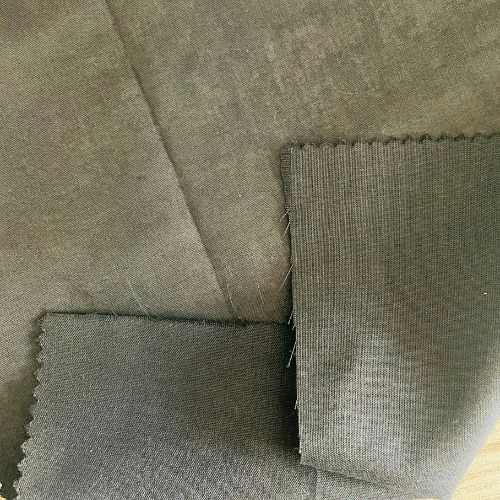
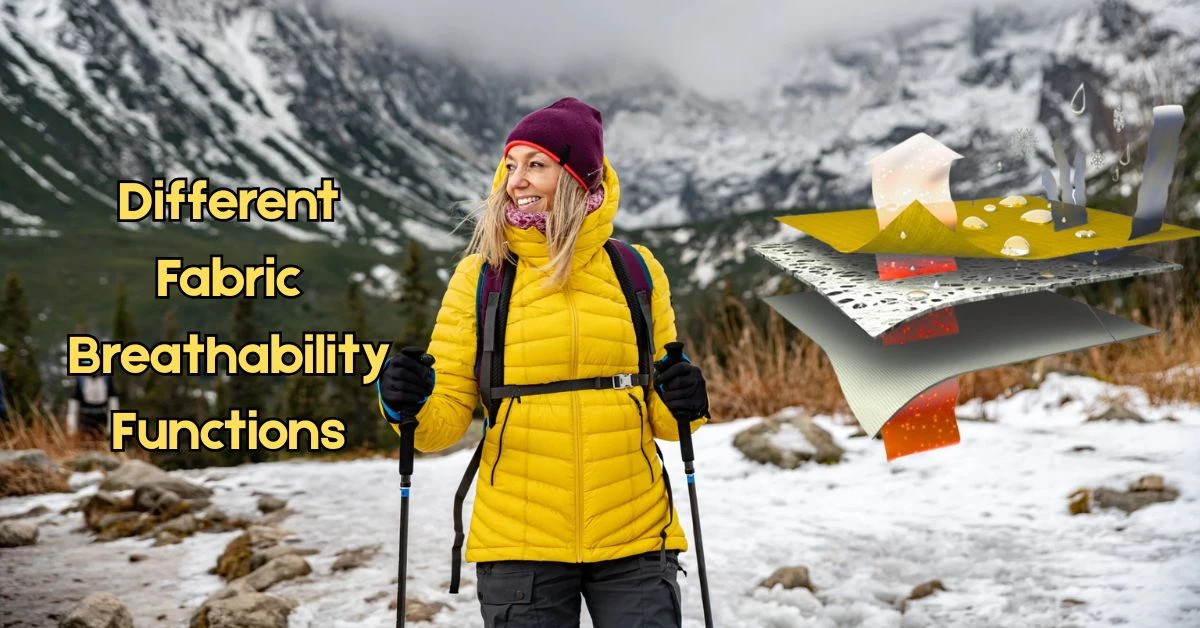
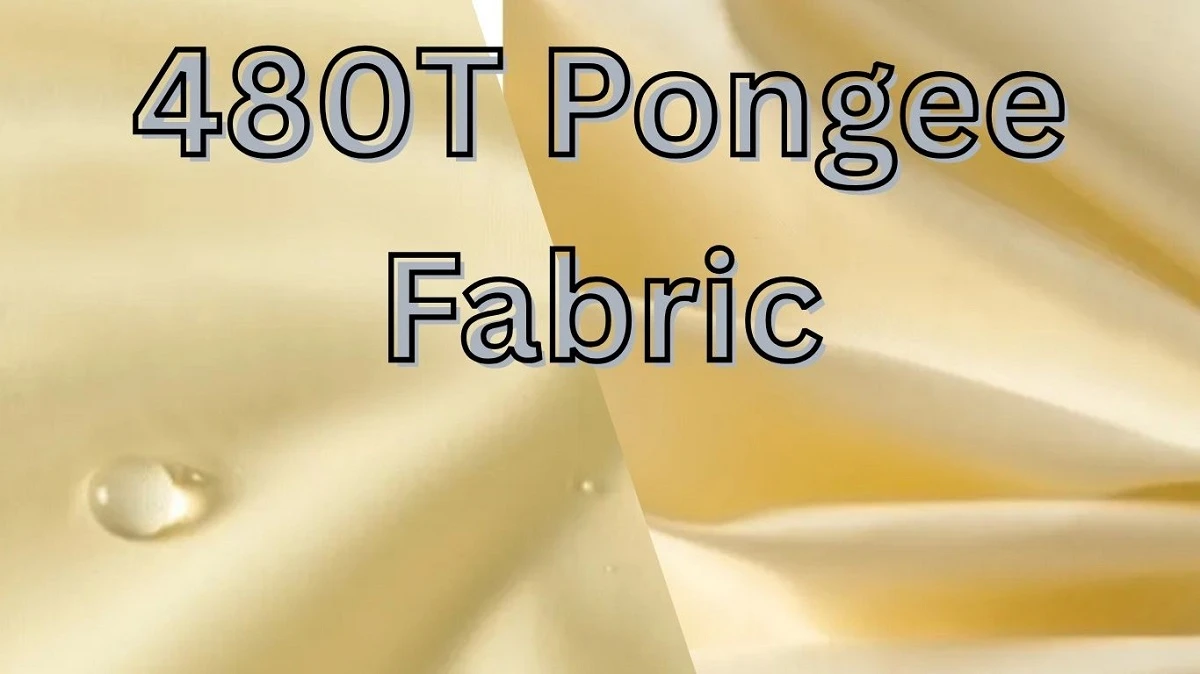
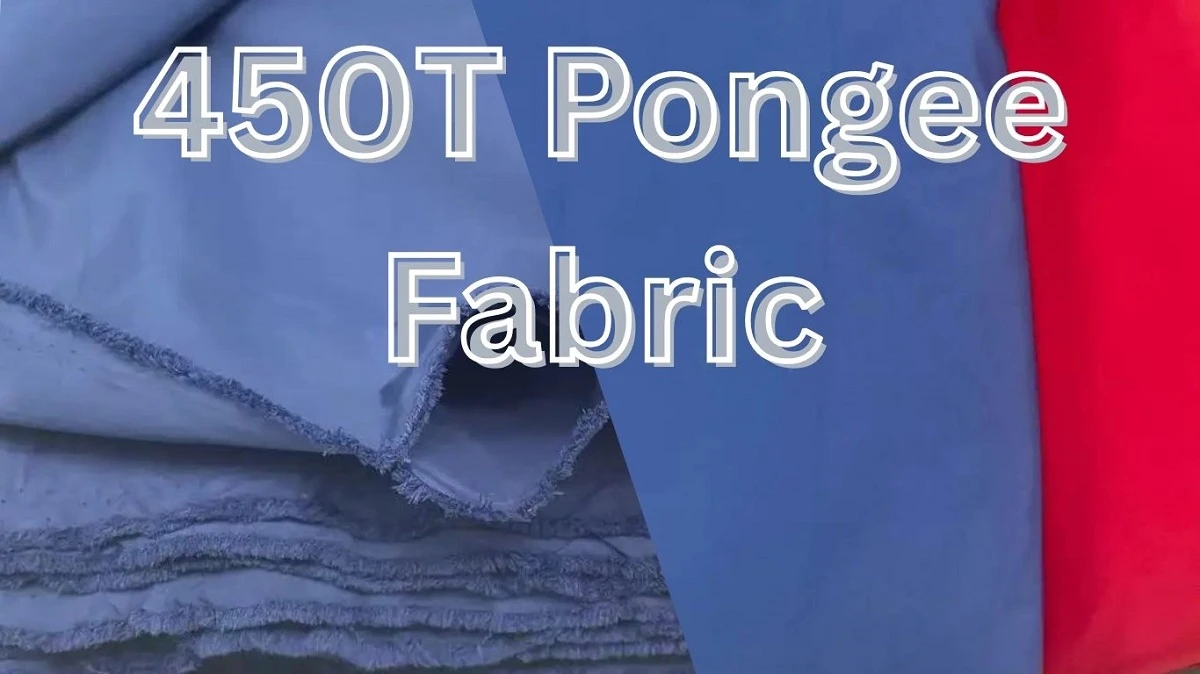
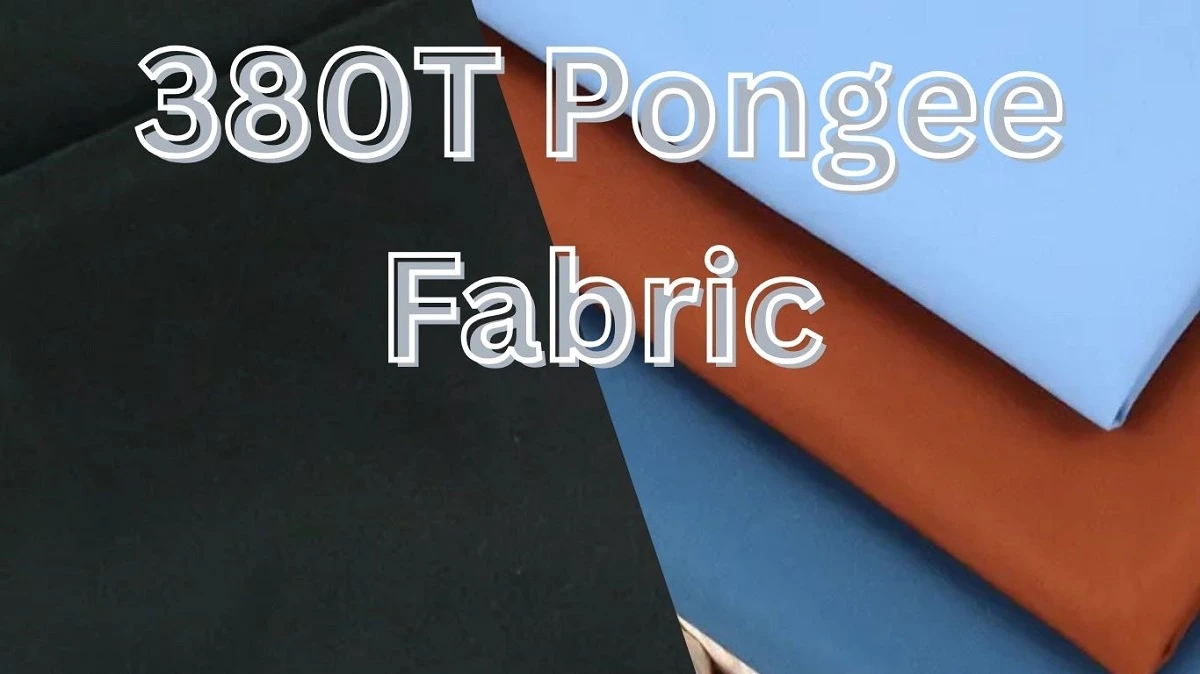
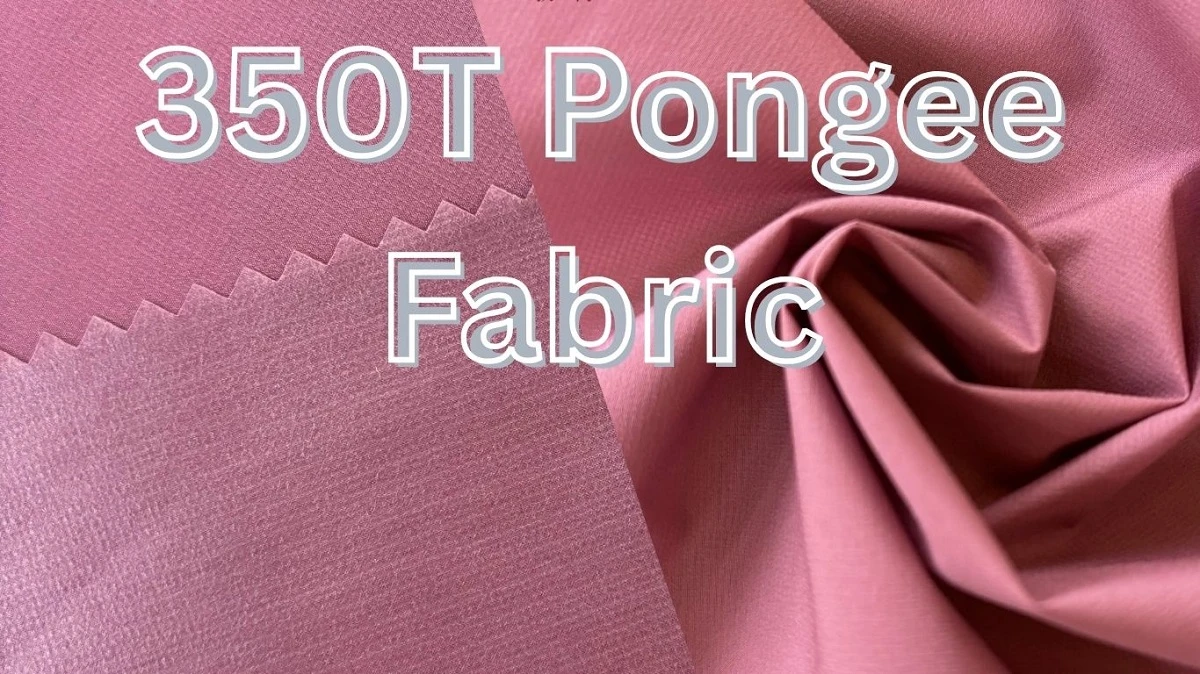
Comments - 00
Leave A Reply
Thanks for choosing to leave a comment.